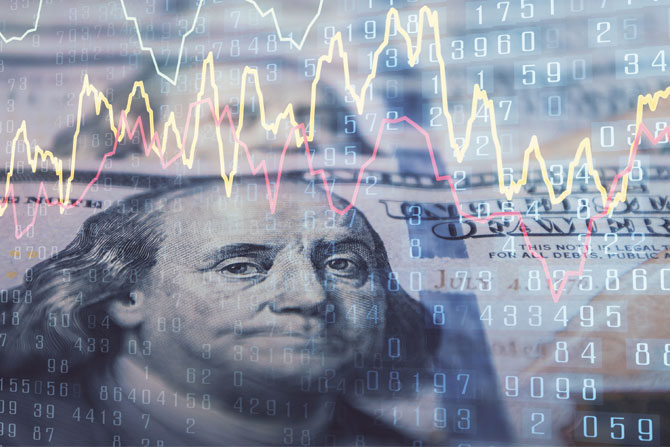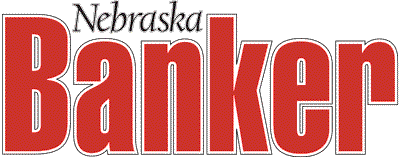The Fear
There is growing concern that the trillions of dollars of stimulus created by governments and central banks to fight the economic fallout of the coronavirus will explode through the economy and cause a surge in inflation in the second half of 2021. Sustained upward price pressures would cause governments and central banks to curtail pandemic relief efforts, strain workers trying to keep up with household bills, and risk eroding more than $40 trillion of retirement savings. But how justified are these fears?
The History
Let’s not forget that after the 2008 global financial crisis, these very same concerns were loudly pronounced as it was widely expected that massive government spending would trigger a surge in demand. But it never happened; much of the new money stayed on banks’ balance sheets, and the lesson was learned that cheap money alone will not produce a stimulative effect if you are caught in a Keynesian “liquidity trap.” What was needed, and did not exist at the time, was pent-up demand and the wherewithal (disposable income) to increase consumption and investment. So, are things any different today?
If there are additional waves of coronavirus cases, the more recent stimulus may also go into savings as consumers remain cautious about spending. But if the pandemic is truly on a fast-track to resolution, the demand side of the economy is poised to see explosive growth.
Demand Side
Remember that fiscal stimulus, unlike the monetary kind, can go directly into people’s hands where it is likely to get spent. Following the coronavirus outbreak, initial stimulus caused savings rates to go higher. That’s partly a function of the lockdowns that left restaurants and bars shattered and air travel widely shunned. If there are additional waves of coronavirus cases, the more recent stimulus may also go into savings as consumers remain cautious about spending. But if the pandemic is truly on a fast-track to resolution, the demand side of the economy is poised to see explosive growth.
Supply Side
Globalization, automation, and access to low-cost labor have driven disinflationary trends in recent decades. But when COVID hit, supply chains were severely disrupted. Low-cost Asian producers were precluded from delivering low-cost products, so businesses and households turned to higher-cost alternatives. As Lacy Hunt points out, the disruption of supply chains has created “transitory monopolies and oligopolies” that charge higher prices because, well, that’s what the market demands. Given time, that situation will gradually reverse, and we’ll have a battle between low- and high-cost producers, which will result in competitive price wars that dampen the inflationary impulse. As supply chains are restored, inflation pressures should diminish. Also, the dollar is now strengthening after earlier weakness. That should facilitate cheaper commodities.
Money Dynamics
Another thing that hasn’t changed (yet) is the “velocity” of money — the frequency with which it changes hands, as people use it to buy goods and services. Velocity fell off in the 2008 crisis and, so far, has never recovered. In 2020, it collapsed to unprecedented lows, about half the level seen in the prior decade. Money hoarding because of the pandemic and the uncertain outlook partly explains the phenomenon. But there are also legitimate concerns that the initial stimulus went to people who really didn’t need it, the upper leg of the “K” in our “K-shaped” recovery. The more recent stimulus package was much larger than the initial package, and primarily designed to achieve immediate relief for middle- and lower-income groups that have a higher consumption propensity than the upper-K crowd. Those stimulus dollars are more likely to be spent rather than saved. We will soon find out if there is a pickup in velocity.
Bottom Line
Inflation will rise this calendar year. We have known this for months. But it’s most likely to be a transitory event corresponding with the release of pent-up demand. We aren’t convinced that current conditions will allow for a lasting inflationary impulse. The output gap is still enormous by historical standards, and even the achievement of widely expected robust GDP growth for 2021 will not be enough to push the economy into “overheating.” There are too many additional dynamics working at cross purposes, including the supply-side issues mentioned above as well as demographic challenges, robotics, AI, and other disinflationary forces. Yes, there remains a trade-off between inflation and unemployment, but doubt has been cast on the strength of that link. After all, before the pandemic we had just 3.5% unemployment, yet our concern was that inflation was too low, not too high. And finally, look at the policymakers and their recent actions. There’s a reason the federal reserve unveiled in August a new policy stance to allow inflation to run hotter during economic recoveries. That’s because they realize the difficulty of even just getting to 2%, not to mention staying there.
Jeffrey Caughron is a managing director with The Baker Group, where he serves as president and chief executive officer. Caughron has worked in financial markets and the securities industry since 1985, always with an emphasis on banking, investments, and interest rate risk management. Contact: 800-937-2257, jcaughron@GoBaker.com.








